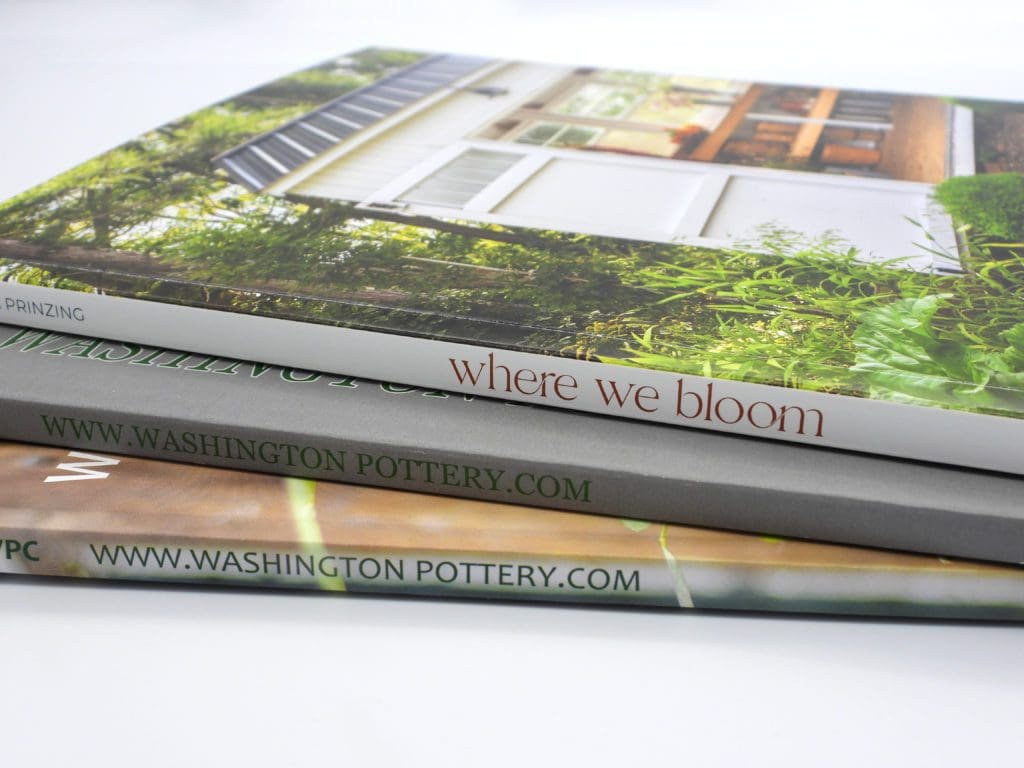
Direct Mail is Worth a Thousand Words
July 19, 2021
According to a study of commercial printing trends, direct mail campaigns are on an upward swing. It’s expected that almost 72% of corporations will use direct mail, including catalogs, postcards, brochures, and...
Read more